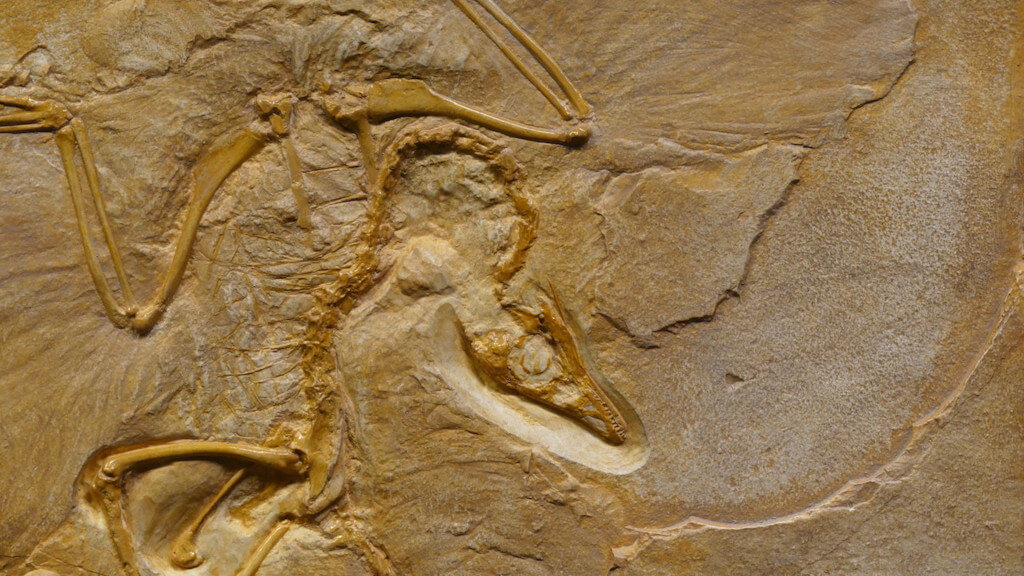The majority of people, when hearing the word “extinct” about animals, will immediately think of dinosaurs. This is because dinosaurs were the last animals to go extinct. Despite this, over the last few centuries, we have witnessed the extinction of dozens, if not literally thousands, of different animal species right before our very eyes. These include, among others, the West African black rhino, the dodo (an extinct bird that was unable to fly), the baiji white dolphin, the passenger pigeon, the Tasmanian tiger, and the Pyrenean ibex.
It is important to note that the circumstances in the environment must first become unsuitable for the continued existence of a species before that species can be considered extinct. The transformation is frequently slow, and at times it is hardly perceptible to the observer. It is frequently surrounded by a multitude of factors, such as a changing climate, the behavior of humans, increased predation, and the devastation of ecosystems. Human activities such as cutting down forests to make way for agriculture, expanding urban areas, illegal poaching, and increased hunting are usually to blame.
We should count ourselves fortunate that researchers and activists working to preserve the environment are constantly on the front lines, sounding the alarm about the threats posed by the modern era. Most pertinently, for us to protect these animals, we must first be aware that they are in danger of extinction and that there are steps we can take to ensure their survival. In the following paragraphs, we will discuss some of the species that are in danger of becoming extinct, as well as some potential solutions to this problem.
The Figures Are Very Disturbing
Regardless of the environment in which a species lives, it is regarded as endangered whenever there is evidence that its population has decreased by between 50 – 70%. This is particularly true if there are fewer than 250 adults of mature age in the population. Based on the website for the IUCN red list, the amount of endangered and vulnerable species of wildlife creatures and plants was 16,118 in the year 2020.
Since then, this total has steadily increased to 16,306, and it will most likely be larger by the time you finish reading this post. If this continues unchecked for the next few years, tens of thousands, hundreds of thousands, or even millions of different species of animals may become extinct and disappear from the face of the planet.
The Animals That Are In Serious Danger Of Going Extinct
Of course, a great number of species are considered endangered, but others face an even greater threat of going extinct. The following are some of the animal species that are considered to be among the most in danger of extinction on the planet.
The King of Beasts
There is no question that tigers are among the most stunning cats that can be found in the wild. Naturally, the lion reigns supreme as the unchallengeable king of the jungle. When it is necessary for you to convey majesty and power, you will utter one or more quotes about lions. When grown up, these beasts are enormous, powerful, and muscular; consequently, it is easy for anyone to comprehend why.
Tigers, on the other hand, can grow to be quite large and incredibly muscular. In ecosystems where lions do not live, some people refer to these animals as “kings of the jungle.”Sadly, the tiger is recognized all over the world as a species that is in danger of extinction, and the Malayan and Sumatran subspecies are regarded as being in a state of critical endangerment. It is estimated that there are only 3,500 tigers left in the world, and this number includes all three subspecies: Siberian, Indochinese, and Bengal.
The Javan Rhinoceros, of course
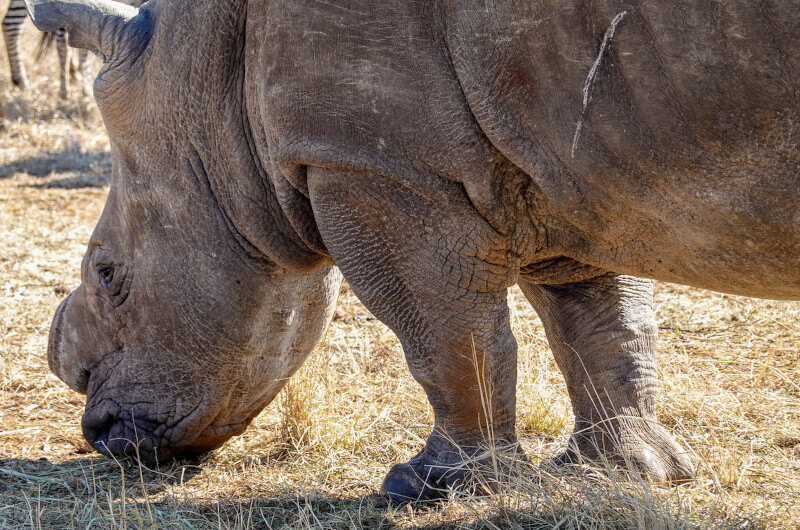
When you think about threatened animals, the rhinoceros should be the first thing that comes to mind for anyone who has ever been on an African safari or studied ecology. Poachers and those involved in the illegal trade of rhino horn have caused these animals a great deal of suffering throughout the last few years. The Javan Rhinoceros, which is known scientifically as Rhinoceros Sondaicus, is considered to be in a critically endangered status because its population is estimated to be somewhere around 60 worldwide.
Since the export of rhino horn was made illegal, the black rhino has been on the endangered animal list for possibly the longest time. however, their birthrate has been increasing since the ban was placed on the practice.
Giant Panda
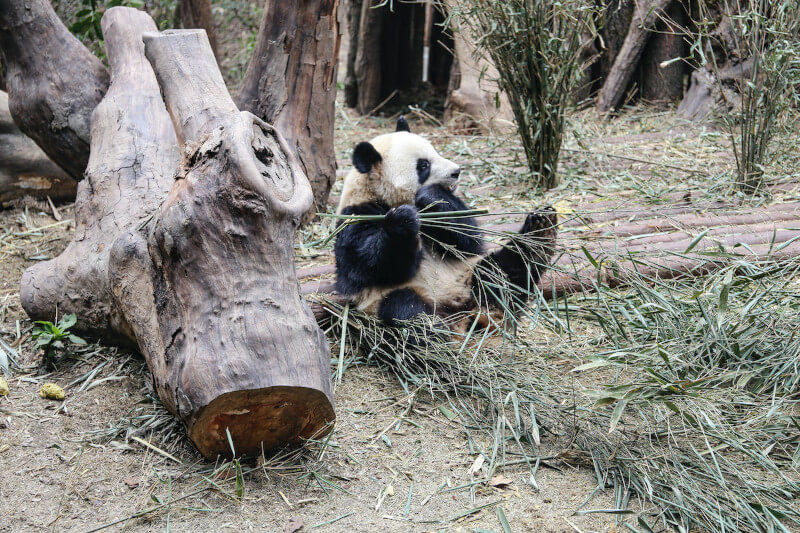
Many people hold a soft spot in their hearts for the black and white bear. It is concerning that these pandas have relatively few (if any) natural enemies, yet their population size in their natural habitat has decreased drastically throughout the last few years. It is possible that human influence is to blame for the threatened species status of giant pandas, as the population of these animals is only slightly higher than 1,800, according to World Wildlife.
A Gorilla of the Mountains
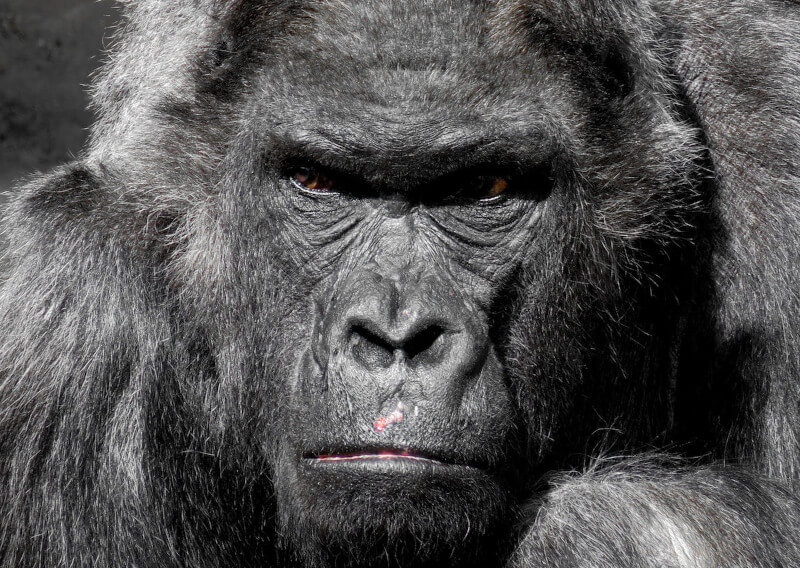
Mountain gorillas are our next topic, and over the past several decades, they have been subjected to centuries of human conflict, ailments, unregulated hunting, and habitat degradation. Their population has decreased drastically over many years; before the year 2008, they were classified as critically endangered on the red list maintained by the IUCN, which later changed their status to “endangered.” These wondrous animals can be found in greater numbers in the African preservation parks of Rwanda, Uganda, the Democratic Republic of the Congo, the Central African Republic, and Congo.
Leopards
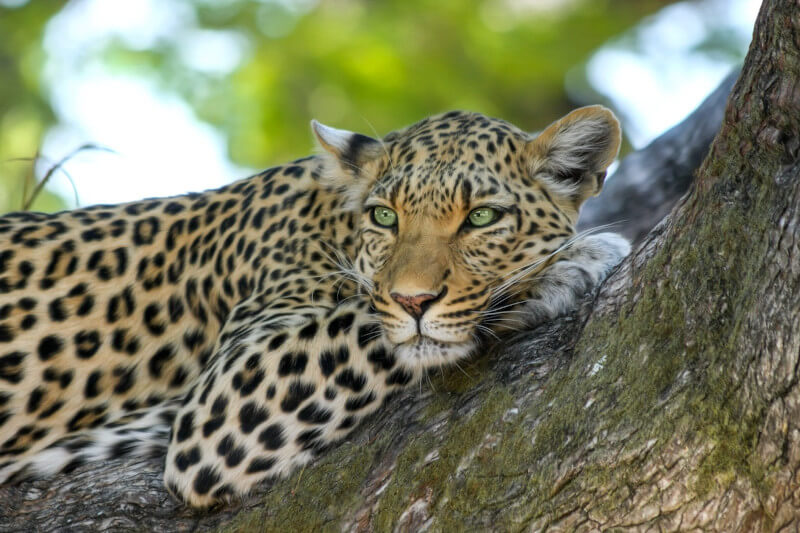
In the year 2021, numerous subspecies of leopards are also regarded to be endangered. An excellent illustration of this is the Amur leopard, which is an extremely rare subspecies of leopard that is only found in the Russian Far East. One more illustration of this is the snow leopard, which can be found primarily in the regions of central and southern Asia. It is possible to do so in a responsible manner in the Himalayas. They can also be found in China, Nepal, Bhutan, India, Pakistan, and Mongolia, in addition to Russia.
Strategies to Halt the Destruction of Animal Species
There are a few actions that can be taken to help save endangered species from going extinct. Some examples of these are as follows:
- Defending, preserving, and restoring natural habitats and ecosystems
- The fight against poaching needs more funding and more public awareness.
- Introducing new and more stringent regulations
- Taking action to combat climate change
- More work should be put into protecting the environment.
A large number of animal species, except the few that were mentioned earlier and listed as endangered, are teetering on the brink of extinction. endangered wildlife” Depending on what we do now, our children and grandchildren may or may not have the opportunity to interact directly with these species in the future. That being said, we must not lose sight of the fact that every species of animal plays an important part in maintaining the health of the ecosystem; therefore, if we work to preserve them, we will be safeguarding the welfare of humankind.
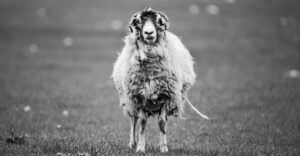
In the vast and mysterious world of marine animals, there lies a common misconception that…

Porcupine courtship begins with a rather unusual ritual – nose rubbing. When a male approaches…

Contrary to popular belief, the majestic creatures roaming North America are not American buffalo but…
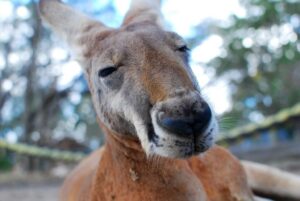
Rabbits and hares are often mistakenly used interchangeably, but they are distinct creatures with significant…

